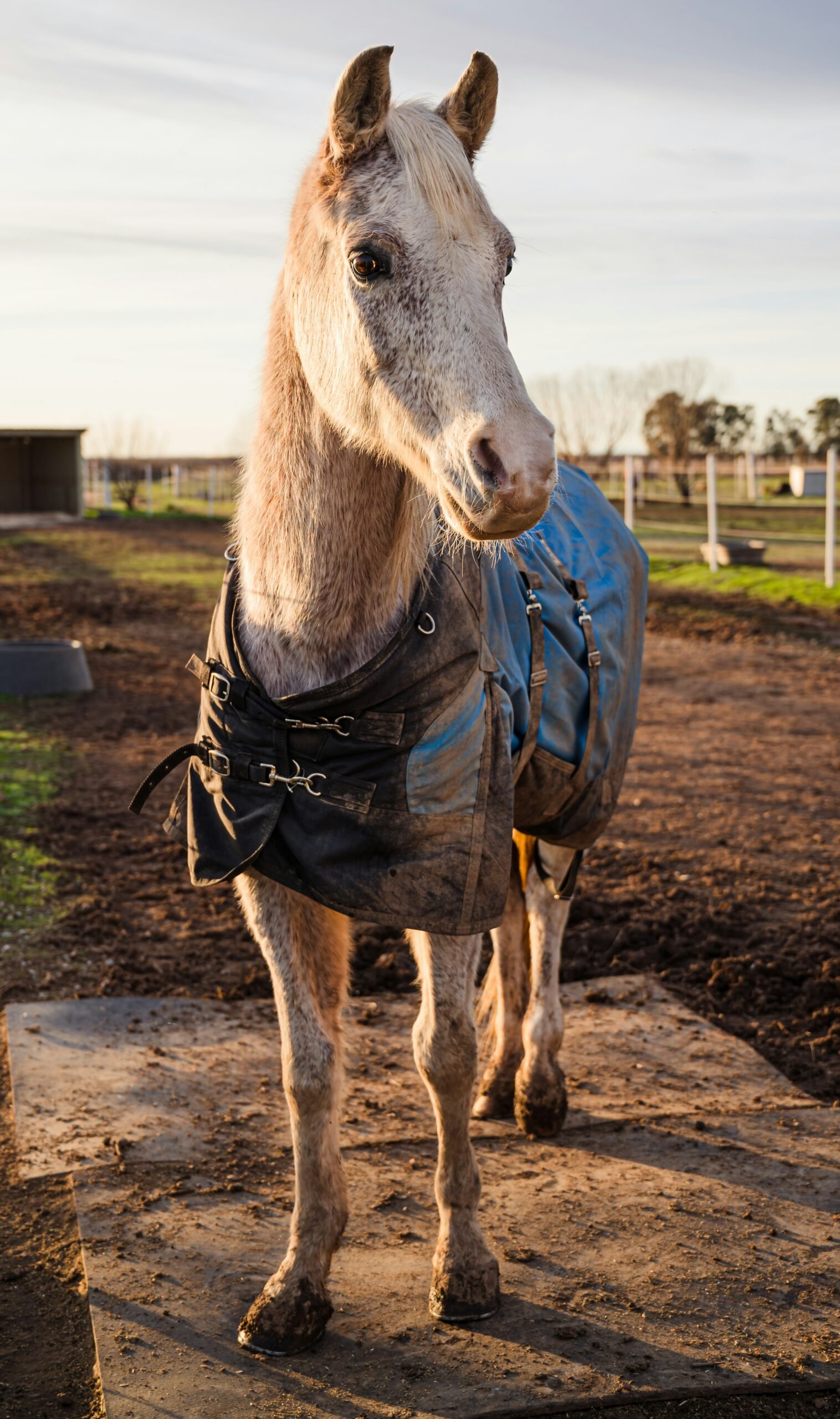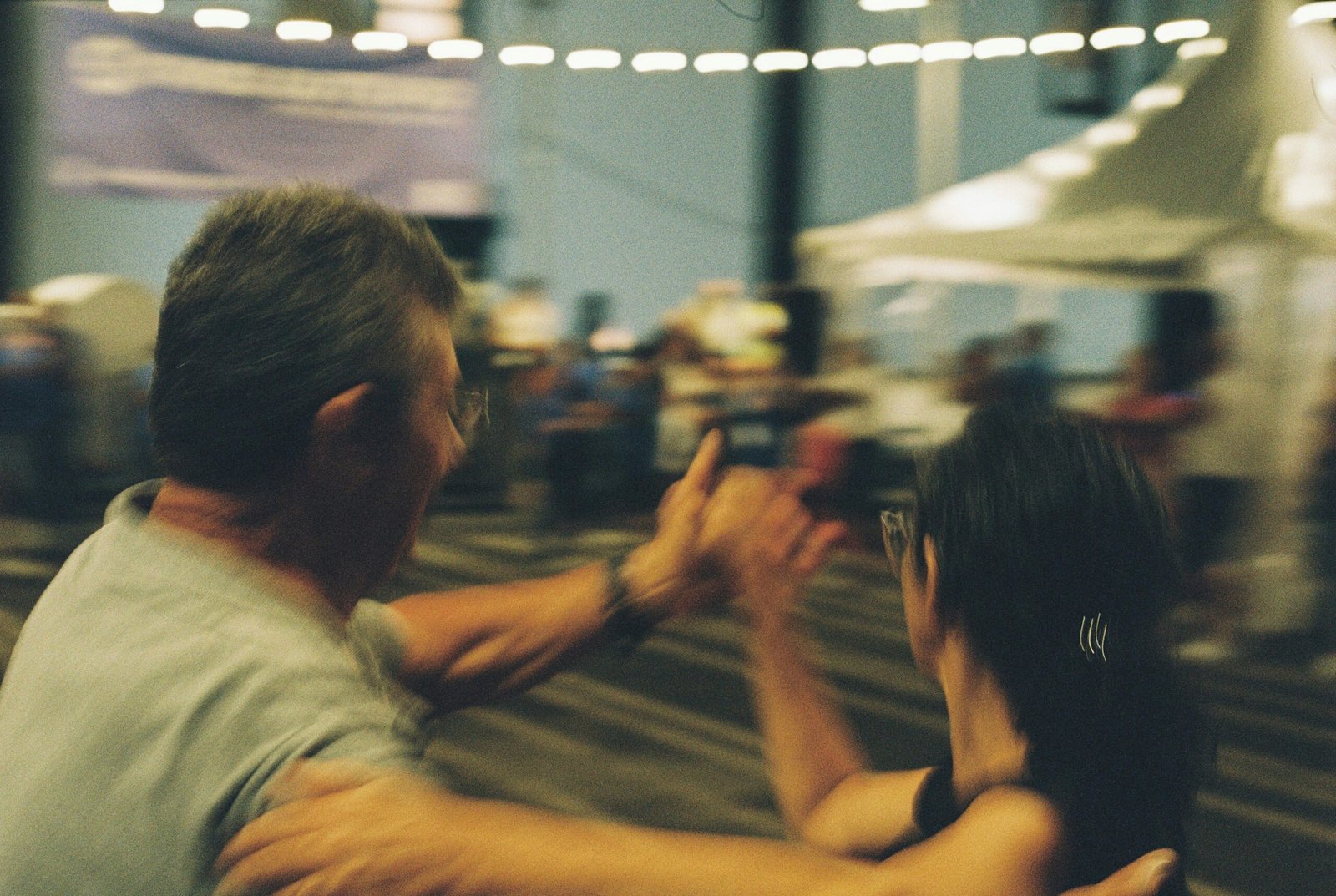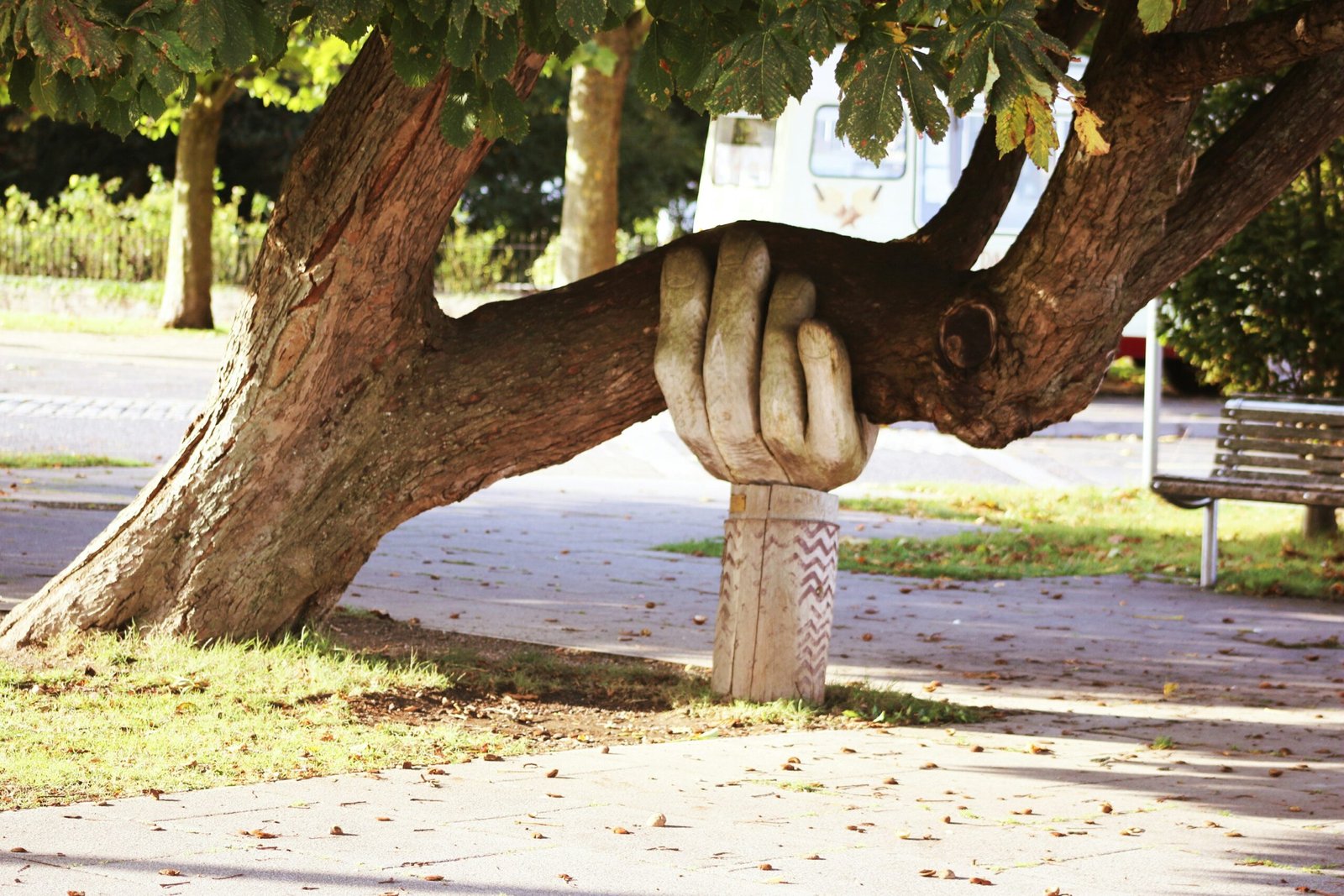Introduction to James’ Story
James is a veteran from Australia whose life took a significant turn following his military service. Like many service members, he faced the harrowing realities of conflict, which left indelible marks on his mental health. After returning home, James battled with the relentless grip of post-traumatic stress disorder (PTSD), a condition that affects countless veterans and their families. His struggle is not merely a personal challenge; it reflects the broader issues faced by those who have endured the toll of warfare.
During his service, James experienced numerous traumatic events, each contributing to the development of his PTSD. The vivid memories of battle, the loss of comrades, and the challenges of reintegration into civilian life have tested his resilience. The symptoms of PTSD, including anxiety, depression, and flashbacks, have significantly impacted his daily existence, making even simple tasks seem insurmountable. For James, the transition from soldier to civilian was marked by profound emotional and psychological hurdles.
In the aftermath of service, many veterans like James often find themselves isolated and misunderstood, grappling with emotions that are challenging to articulate. Despite the support from loved ones, the internal struggle can feel overwhelmingly solitary. James’s story is a testament to the complexities of recovery from trauma and highlights the urgent need for effective therapeutic approaches, such as equine therapy. This innovative method has gained recognition for its potential to facilitate healing among individuals suffering from PTSD, offering a compassionate framework for recovery.
Through James’ journey, readers will gain insights into the life of a veteran, the realities of living with PTSD, and the transformative power of equine therapy. His story lays the foundation for understanding the profound impact that support systems can have on healing, as well as the hope that exists for those grappling with similar struggles.
Understanding PTSD in Veterans
Post-Traumatic Stress Disorder (PTSD) is a serious mental health condition that can develop after exposure to traumatic events, particularly those experienced during military service. Veterans, who often encounter high-stress situations, are at a significantly increased risk of developing PTSD compared to the general population. The symptoms of PTSD can include intrusive memories, heightened anxiety, and emotional numbness, all of which can severely impair daily functioning and quality of life.
Research indicates that approximately 11 to 20 percent of veterans who served in Operations Iraqi Freedom and Enduring Freedom suffer from PTSD. This figure reflects not just the psychological toll that combat can exert, but also the complexities of reintegration into civilian life, where triggers can manifest unexpectedly. Common symptoms include flashbacks, nightmares, and severe anxiety, which may lead to social isolation and difficulty in maintaining relationships—both personal and professional.
The causes of PTSD in veterans are multifaceted. Exposure to life-threatening situations, witnessing loss, and experiencing intense fear or horror can all contribute to the development of this disorder. Moreover, the stigma associated with mental health issues in military culture often discourages veterans from seeking help, perpetuating a cycle of silence and suffering. Statistics tell a troubling story: veterans are at risk for higher rates of suicide, with studies showing that approximately 22 veterans take their own lives each day. Such alarming figures underscore the urgent need for effective treatment options, including innovative therapies like equine therapy, which have shown promise in addressing the unique challenges faced by veterans with PTSD.
Incorporating personal accounts from veterans can further illuminate the prevalence and impact of PTSD in this community. These narratives reveal the often overwhelming burden of PTSD, shedding light on the necessity for a supportive and understanding approach to treatment. Recognizing the signs of PTSD and understanding its effects is crucial to fostering a compassionate response and facilitating healing for those who have bravely served their country.
Meet Lin: The Compassionate Nurse
Lin, a dedicated nurse from China, plays a crucial role in the mental health facility where James receives treatment for his Post-Traumatic Stress Disorder (PTSD). With an unwavering commitment to her patients, Lin embodies compassion and understanding, key qualities that help create a nurturing environment for those grappling with trauma. Her journey into mental health care stems from a deep-seated desire to ameliorate the suffering witnessed in her community. Growing up, Lin was often struck by the emotional scars borne by individuals affected by traumatic events, prompting her to pursue a career aimed at healing those tangible and intangible wounds.
In her daily interactions with patients like James, Lin employs a holistic approach that goes beyond traditional nursing duties. She ensures that her patients feel heard, understood, and supported throughout their recovery journeys. Lin believes that establishing trust is paramount in the healing process, especially for those who have experienced trauma. This belief shapes her interactions; she takes the time to get to know each patient on a personal level, which helps them feel more comfortable addressing their emotional pain. Lin’s attention to detail and genuine concern for her patients’ well-being shine through in her work, making her an integral part of their therapeutic experiences.
Lin’s decision to work in a mental health facility is not merely a career choice but a calling. She views her role as not just a job but a vital contribution to the lives of individuals like James, who are trying to reclaim their lives after traumatic experiences. Understanding the fragility of mental health, she approaches her work with empathy and patience, always striving to be a source of strength for those in her care. Through her compassionate actions, Lin has become a beacon of hope for many, underscoring the importance of support and kindness in the healing process.
The Introduction of Equine Therapy
Equine therapy, also referred to as horse therapy, is an innovative therapeutic approach that utilizes interactions with horses to improve mental health and emotional well-being. This form of therapy has gained significant recognition over recent years as a powerful tool for individuals coping with various mental health challenges, including post-traumatic stress disorder (PTSD), anxiety, depression, and other emotional disturbances. By fostering a unique bond between humans and horses, equine therapy harnesses the innate qualities of these animals to promote healing and personal growth.
One of the distinguishing features of equine therapy is the emphasis on experiential learning through direct interaction with horses. Participants engage in activities such as grooming, feeding, and riding, which serve as opportunities for personal reflection and emotional expression. This hands-on involvement not only facilitates a deeper connection with the horse but also encourages participants to explore their feelings, improve communication skills, and develop emotional intelligence. The partnership with a horse can thus provide a safe space for individuals to confront and process their emotions.
Furthermore, working with horses can be particularly beneficial due to their highly intuitive nature. Horses can often sense a person’s emotional state and respond accordingly, providing immediate feedback that can help individuals become more aware of their feelings and reactions. This responsiveness creates an environment conducive to fostering emotional resilience, as participants learn to navigate their internal landscapes in a supportive and non-judgmental setting. The bond that forms throughout the therapy process can enhance self-esteem and empower individuals to confront their challenges with newfound strength.
Overall, equine therapy represents a holistic approach to mental health treatment, blending animal-assisted intervention with traditional therapeutic practices. By engaging with horses, individuals can find an alternative pathway to healing, fostering not just emotional growth, but also an enduring connection with these remarkable animals.
James’ First Encounter with Horses
James approached the barn with a mix of apprehension and curiosity. Having faced the debilitating effects of post-traumatic stress disorder (PTSD) for years, the thought of interacting with horses stirred a range of emotions within him. Memories of his past traumas flooded his mind, causing him to hesitate at the entrance. The sheer size and power of the animals before him intimidated him. However, he also sensed that connecting with these gentle creatures could mark a significant turning point in his journey toward healing.
As he stepped inside, the scent of hay and the soft nickering of the horses created a warm atmosphere. James observed other participants engaging with the horses, forming bonds that seemed almost instant. The therapists encouraged him to approach a brown mare, her large eyes meeting his gaze with a calm and inviting demeanor. Despite his initial fear, James felt an inexplicable pull towards her. It was as if she could sense his struggles, inviting him to step closer without judgment.
With tentative movements, James extended his hand, the trembling of his fingers reflecting his internal struggle. To his surprise, the mare leaned into his touch, her warmth enveloping him like a comforting embrace. In that moment, a flicker of trust ignited within him. He realized that unlike the unpredictability of human interaction he had experienced, this horse offered a safe space—one that required nothing more than simply being present. Over the next few minutes, James began to draw parallels between the horse’s gentleness and his own unhealed wounds.
This initial encounter was pivotal, allowing James to rediscover a sense of connection. The bond he began to forge with the mare instilled in him the hope that, just as he could extend his hand to her, he could also reach out to reclaim control over his life. The journey ahead would undoubtedly require effort and patience, but this first interaction laid a foundation of trust that would become essential in his ongoing recovery process.
Building Trust: The Transformation Journey
The journey of building trust is often marked by small yet significant milestones, especially in the context of equine therapy. For James, this process was foundational in addressing his PTSD. Initially, he entered the stable with apprehension, feeling overwhelmed by the size and power of the horses. However, as the sessions progressed, James began to understand that the horses, much like humans, have their own feelings and fears. This realization laid the groundwork for forging a connection with these gentle creatures.
One of the pivotal moments in James’ therapy occurred during a particularly tender exercise involving grooming a horse named Bella. Tasked with brushing her coat, James hesitated at first, fearful that his anxiety might translate into a negative experience for Bella. However, as he slowly began to groom her, he noticed Bella’s calm demeanor. This moment of connection was transformative; it allowed James to see his own vulnerability reflected in her. In this serene environment, he gradually allowed himself to let go of some of the emotional barriers he had built over the years.
As James continued to visit the stables, he experienced a profound shift. Interactions with Bella became a source of comfort and security. He began to speak to her, sharing thoughts that he had not voiced to others for a long time. This dialogue represented a significant step in rebuilding trust not just in the horses, but also within himself. James started to recognize that opening up, either to a horse or a person, did not signify weakness but rather was an essential part of healing.
Eventually, he moved from merely grooming the horses to engaging in more complex exercises that required teamwork and communication. Each task that he completed became a stepping stone in his transformative journey, reinforcing trust and promoting emotional resilience. With every session, James learned to embrace vulnerability, ultimately developing a deeper bond with the horses, which mirrored his journey towards healing.
The Role of Compassion in Healing
Compassion is a fundamental component of the healing process, particularly in therapeutic environments where individuals confront past traumas and emotional challenges. In James’ journey through PTSD, the role of compassion manifested through Lin, his equine therapist, who provided not only guidance but also empathy and understanding. Her approach created a nurturing environment that encouraged James to express his emotions in a safe space, allowing for deeper introspection and connection.
Lin’s compassion helped James feel validated in his feelings and experiences. The act of simply listening without judgment made it easier for him to reveal vulnerabilities that he had previously concealed. This therapeutic alliance, characterized by mutual respect and understanding, forms the bedrock of effective healing practices. In the realm of equine therapy, the connection between human and horse acts as a mirror for human emotions. Horses, attuned to the feelings of those around them, offer an unparalleled opportunity for individuals like James to engage with their emotions in a tangible manner. Lin’s role in facilitating this interaction was crucial, as she was able to guide James through these experiences with care and sensitivity.
Moreover, the broader implications of compassion within therapeutic contexts underscore its importance. Studies have consistently shown that compassionate interactions not only affect individual healing but also foster a supportive community. When therapists approach their clients with empathy, they create a space where those individuals feel comfortable exploring their trauma. This leads to more meaningful conversations and a higher chance of recovery, reinforcing the belief that healing is not merely a personal journey but a relational one as well. Ultimately, compassion is not just an adjunct to the healing process; it is a vital ingredient that engenders trust and resilience.
Challenges Along the Way
James’ journey through equine therapy for PTSD is emblematic of the complex nature of mental health recovery. Although he has made significant strides in managing his condition, the path has not been without its challenges. One primary obstacle James has encountered is the pervasive influence of self-doubt. At times, he questions his ability to heal, which can impede his progress. This self-scrutiny often leads to a cycle of anxiety, wherein moments of vulnerability amplify his struggle with trusting the therapeutic process.
Moreover, emotional setbacks have been a recurrent theme throughout James’ experience. The trauma that James has endured often resurfaces unexpectedly, triggering intense feelings of fear and sadness. During these episodes, the connection he has fostered with the therapy horses, which is generally a source of comfort, can also evoke memories that deepen his emotional distress. Balancing these reactions while engaging in therapy illustrates the non-linear nature of recovery; healing is not always a straight path but rather a journey filled with ups and downs.
In addition to emotional turbulence, James faces practical challenges. Consistency in attendance can become difficult, particularly when symptoms of PTSD flare up. Days when he feels overwhelmed with anxiety may lead him to withdraw from sessions, causing him to miss valuable opportunities for progress with the equine therapists. This inconsistency can hinder his development of trust and rapport, both essential components of the therapeutic relationship.
Ultimately, navigating these challenges is a significant part of James’ healing. Despite the obstacles, he remains committed to the therapeutic relationship cultivated with the horses and therapists. Acknowledging these difficulties serves to highlight the reality of recovery from PTSD; it is often a complex and winding journey rather than a straightforward trajectory.
Conclusion: The Importance of Unconventional Therapies
James’ inspiring journey through PTSD has shed light on the profound impact of unconventional therapies, particularly equine therapy. Throughout his experience, the integration of interactions with horses, facilitated by Lin, has proven to be not just therapeutic but transformative. This unique approach allowed James to confront his emotional struggles in a supportive and non-judgmental environment, facilitating a healing process that traditional methods alone may not have achieved. The gentle presence of horses provided an avenue for James to forge a renewed sense of connection, demonstrating the significant role animals can play in the realm of mental health.
Through equine therapy, individuals like James can cultivate essential coping strategies that are vital in managing PTSD and other mental health challenges. The horses serve as a powerful medium for emotional expression and understanding, allowing clients to process complex feelings in a safe space. James’ relationship with Lin further illustrates the importance of having skilled professionals who can guide individuals through their healing journeys, emphasizing the need for personalized attention tailored to each person’s unique needs.
As mental health treatment continues to evolve, it is crucial to advocate for broader awareness and integration of unconventional therapies like equine therapy within the mental health landscape. Many individuals struggling with similar issues may find hope and healing through these alternative methods that offer a fresh perspective on recovery. By encouraging further research, increased access, and acceptance of such therapies, we can contribute to a more holistic approach to mental health care that honors diverse experiences and the multifaceted nature of healing.


















No Comments
Leave a comment Cancel